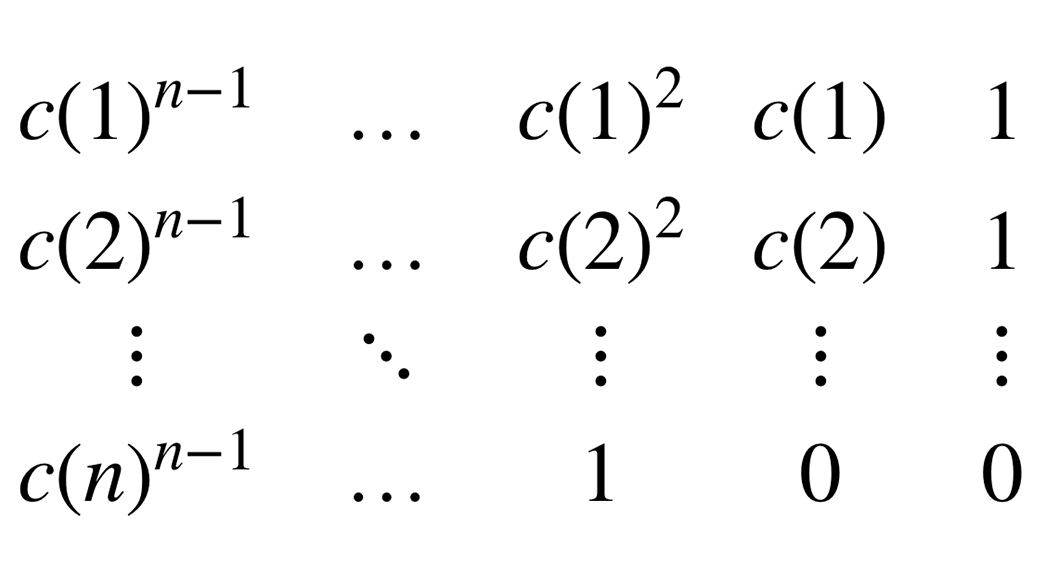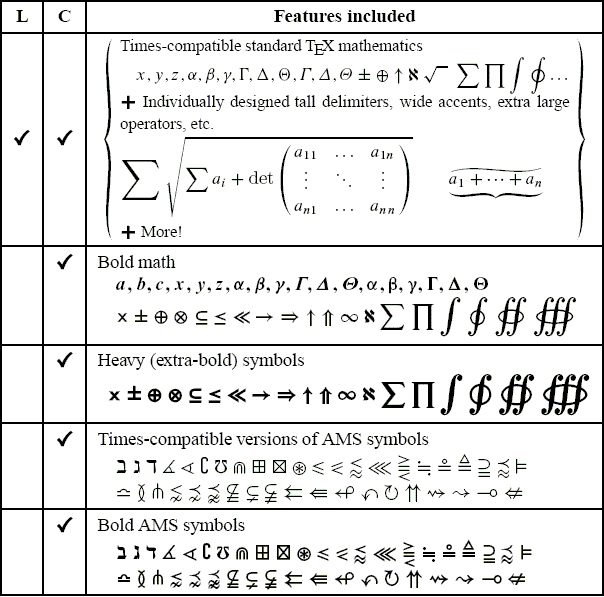

MathML format through the use of an equation editor (e.g., MathType). You stop the algorithm at a preset number of iterations. Structure the document using styles for headings (not just bold, italics and/or a. This will bring up the Define Styles dialog. This new tree is then combined with the previous trees to get updated predictions for each data point. Combining the two styles the font showcases a bold feel, legibility, classiness, and clean font impression. Less similar actions are found >100 times.

It also displays a wide horizontal axis similar to Victorian display types. Most preferred shortcuts for 'Bold text' action Reference program: Notion (Windows) - Evaluation date: 12 months ago - Accuracy level: Accurate There are 6 occurrences of this action in the database. In every subsequent iteration, it fits a tree to negative of gradient of loss with respect to predictions of model learned so far (which in regression case turns out to be error i.e. First, it has subtle, distinctive serif glyphs that exhibit engraving-like features, with stress on the bold vertical and horizontal strokes. Discover why millions of them use it everyday Easy to use Write equations with an interface that provides a user-friendly experience from day one forget about having to learn LaTeX to write math on a computer.
#Mathtype bold install
To install MathType go to the Insert tab in Word and select Get Add-ins in the Add-ins group. While MS Word provides some math creation tools built in, MathType is the preferred method as it offers greater accessibility.
#Mathtype bold free
It starts with an initial constant value of prediction for all data points (which is mean value in case of regression). MathType is the leading formula editor and equation writer used by K-12 and university STEM students and faculty worldwide. MathType is currently a free add-in that can be utilized in Microsoft Word, Excel, and PowerPoint. Gradient Tree Boosting Algorithm combines Decision Trees in an additive and sequential manner to incrementally make better predictions on training data. WOW! That was a lot of stuff you went through! Claps claps claps …īONUS 4: Quick and Criminally Short Explanation of Gradient Tree Boosting Algorithm


 0 kommentar(er)
0 kommentar(er)
